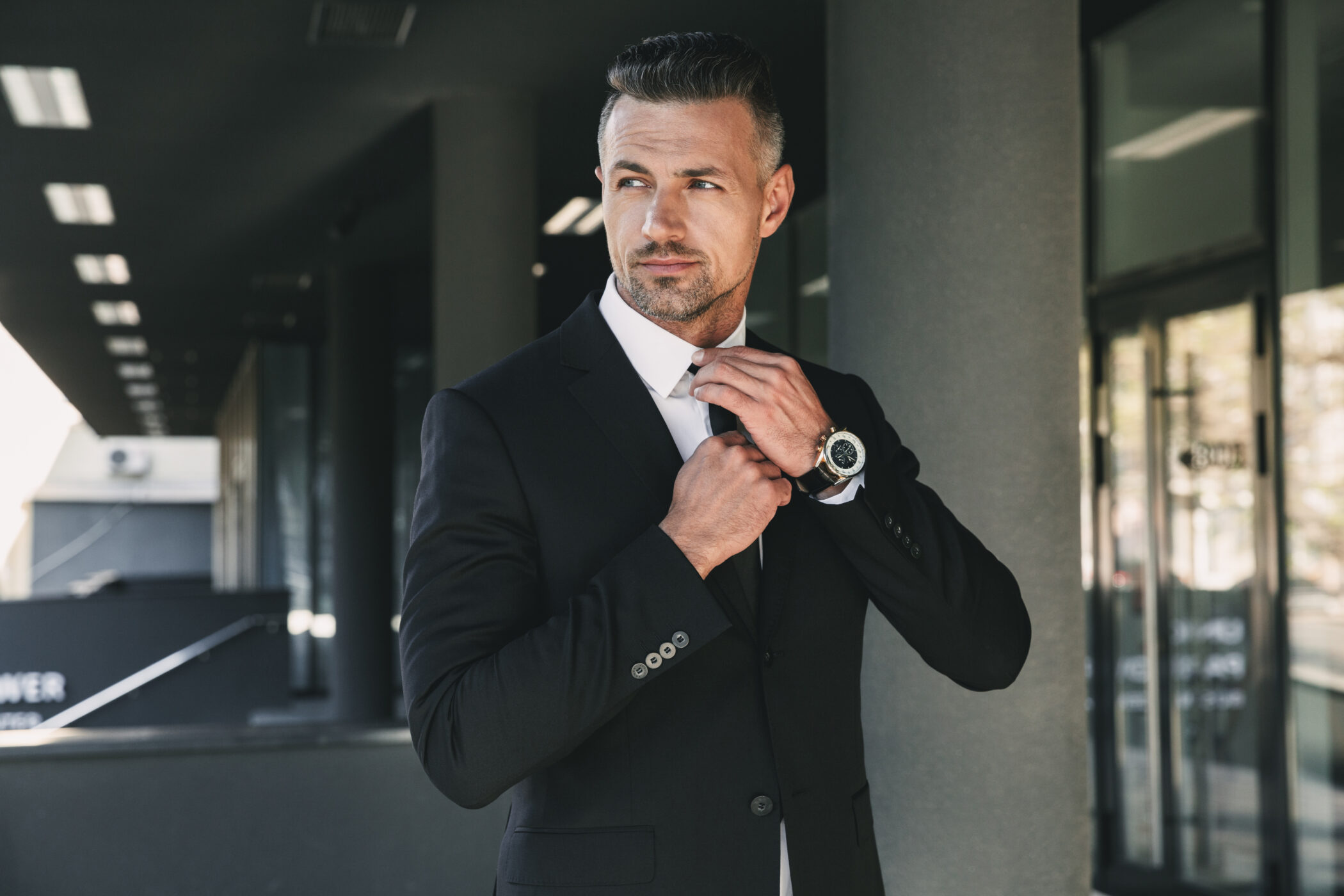Our views of beauty and the laws of attraction seem to evolve as we age, and rightfully so. We tend to humbly accept certain aspects of aging, and others drive us to madness. How many hairs need to turn gray before a person begins to dye their hair out of “necessity”? How many hairs are necessary to require laser hair removal? Wait—when did hair start growing there, anyway?
Though tradition and mainstream marketing lead us to believe that women are in the driver’s seat of the anti-aging revolution, men have called shotgun and are patiently waiting their turn to partake. Aging features of women are often perceived as indicators that usher young women into middle age, menopause, and beyond. For men, the lines that grace their faces and the salt that graces their formerly darker locks act as a sign of wisdom and growth.
Don’t just take my word for it. When I feel fairly confident in my convictions, but feel the need to do some due diligence to validate, I do what any highly-skilled healthcare provider with access to world-class research would do: I take a poll that includes real people, with real concerns, about real aging.
Without hesitation, the men surveyed shared a list of concerns: wrinkles, “a little more salt than pepper,” less hair in general, metabolism changes, and resultant softening body features. Despite the dramatic differences in the way we handle aging, we all seem to be fighting the same fight.
To be fair, I also asked a handful of women what they find attractive in middle-aged men. This may come as a surprise to you, but the top three things they love come as an uncomfortable sign of aging for the opposite sex.
Described as regal, sophisticated, and mature, “a little bit of wrinkle” in the forehead and around the eyes was appreciated by many of the women polled.
The point at which dark hair transitions to a bit of “salt and pepper” was also a fan favorite.
A chiseled jawline, which portrays a sense of strength, was another feature associated with maturity and fitness.
How do we walk the line between showcasing these features that age a man gracefully, and minimizing common characteristics of aging?
Very carefully.
I had the great honor of treating a number of men this winter at Smooch Aesthetics. Two patients in particular were representative of the two major age groups of men we see at Smooch. Despite an age difference of 23 years (the older patient being 73 and the younger 50), they were both looking to achieve the same goals. The difference was that the elder patient pursued non-invasive treatment for crow’s-feet lines first. The goal was to soften and reduce lines around the eyes, as opposed to creating a tight, stark appearance. AgeJET tightened his upper and lower eyelids, and resurfaced his skin, which provided a generally smoother, cleaner look overall.
Botox injections, used to reduce the severity of forehead and periorbital lines, paired with AgeJET for skin tightening were an incredible solution for the younger patient. He’s hoping to slide into the start of his sixth decade looking as healthy, fit, youthful, and vibrant as he feels. His outcomes were phenomenal and resulted in profusely grateful text messages complete with ecstatic, awkward, poorly lit photos of a smoother, more rejuvenated forehead. (As a provider, those texts never get old!)
For another patient, we chose the combination of PRP injections, microneedling using AnteAge growth factors, and use of the AnteAge home hair kit to treat hair loss. Now 36, he has noticed considerable thinning over the last five years or so. He was thrilled to have the chance to intervene, and work his way toward thicker hair to cover a classic balding pattern. The new baby hairs that grace the top of his head are a promise of thicker hair to come. It takes time to see the progress, but he loves that he can feel more hair on the top of his head.
This patient has also enjoyed the effect of Botox when used to combat tension headaches. Just a single shot in each temporalis muscle provides months of relief from tension headaches associated with TMD (Temporomadibular joint disorder). The audible “pop” that occurs during chewing disappears, and so do the accompanying tension headaches.
The best part of the post-treatment version of these men is the confidence they carry. All three will tell you they feel much younger when they look in the mirror, and they love what they see.
We all want to show up as the best version of ourselves. Defining the characteristics of our best selves requires a great deal of introspection, but also a good look in the mirror.
